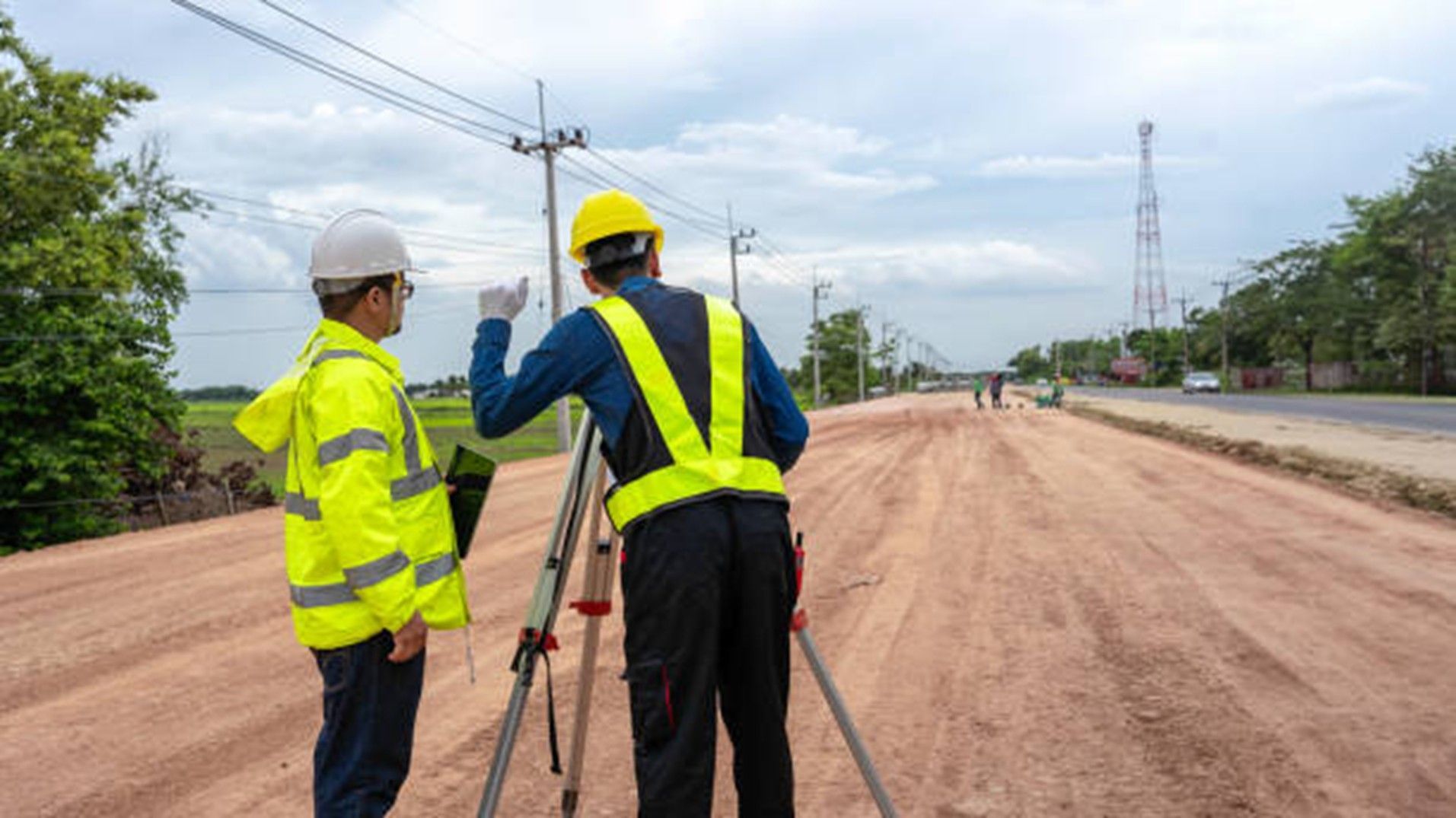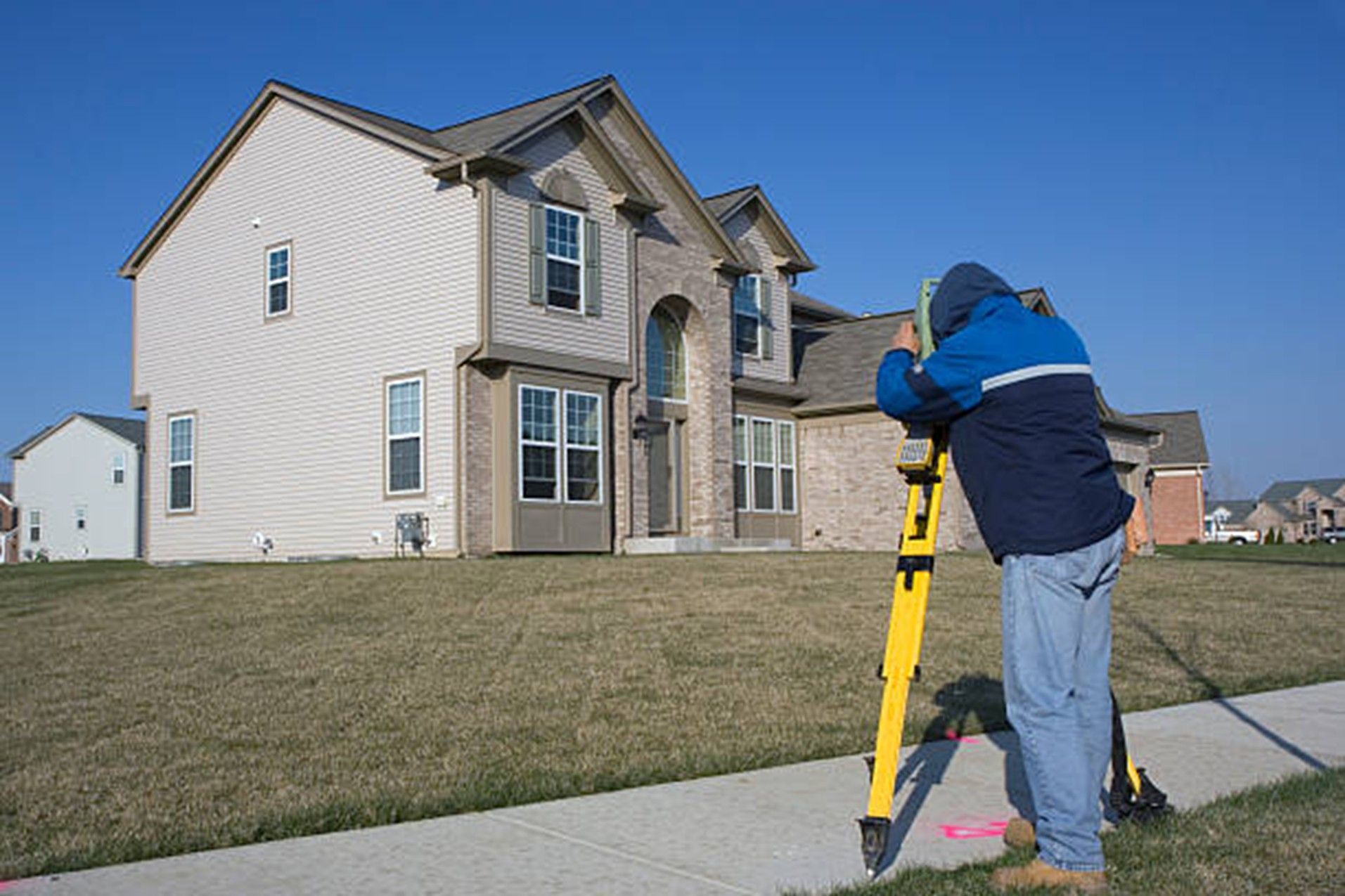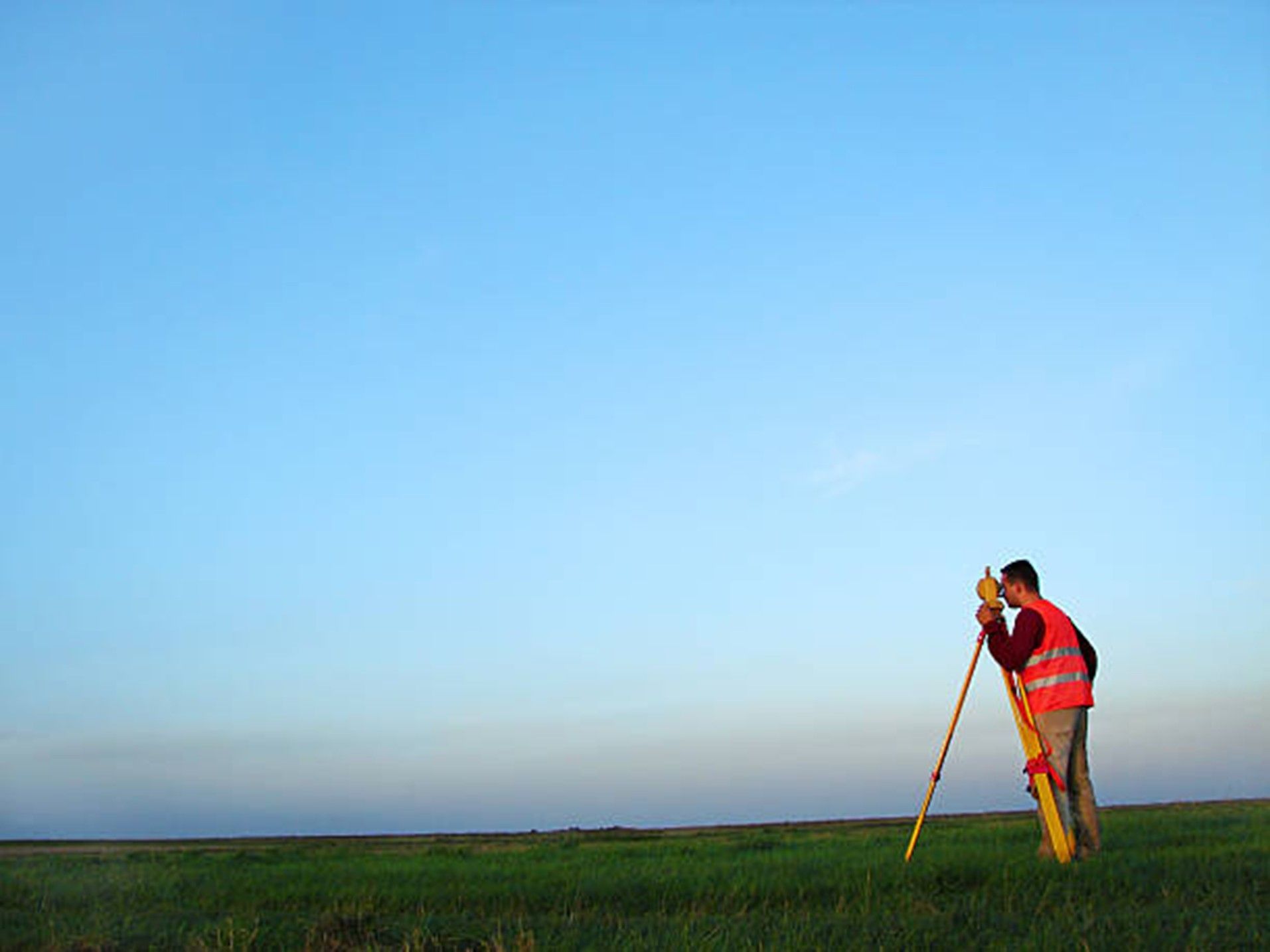How Drone Technology is Transforming Land Surveying for Speed and Precision
In the past, land surveying was often time-consuming and labor-intensive. Today, with the rise of drone technology, this crucial work has seen a significant boost in both speed and accuracy. For a licensed land surveyor, incorporating drones into the process has completely transformed the way surveys are conducted, providing real-time data and improved insights. Let’s explore how this innovative technology is reshaping land surveying for greater precision and efficiency.
Faster Data Collection with Drones
Drones excel at collecting data much faster than traditional methods. A survey that once took days or even weeks can now be completed in a fraction of the time. These aerial devices cover large areas swiftly and efficiently, making it easier to survey difficult or large terrains that would otherwise take longer on foot. For land surveyors, this means delivering accurate reports to clients much faster.
Enhanced Accuracy Through Aerial Imaging
The accuracy drones provide is unmatched. With advanced sensors and high-resolution cameras, drones capture precise aerial images that give land surveyors an incredibly detailed view of the landscape. This level of precision allows surveyors to identify features that may not be visible from the ground. By using drones, licensed land surveyors can reduce errors and improve overall survey accuracy, giving stakeholders reliable and actionable data.
Cost-Effective Solutions for Complex Projects
Drones help cut costs in various ways. By reducing the need for large crews and extensive fieldwork, surveyors can complete projects more efficiently, saving time and labor expenses. This makes drone-assisted land surveying more cost-effective, especially for complex projects where traditional methods may require more resources and time. This technology also minimizes the risk of rework, further lowering project costs.
Improved Safety for Surveyors
Surveying can sometimes involve hazardous terrains, such as steep hills or dense forests. Drones eliminate the need for surveyors to physically navigate these dangerous environments. By allowing them to work from a safe distance, drones enhance safety while still providing the necessary data. For difficult-to-reach areas, drone technology is an invaluable tool that keeps professionals out of harm’s way.
Real-Time Data Analysis
One of the most significant advantages of drone technology is the ability to analyze data in real time. Drones equipped with advanced software can instantly process images and measurements, allowing surveyors to make on-the-spot adjustments if necessary. This real-time feedback helps reduce delays and ensures that any issues are addressed immediately, enhancing the overall quality and efficiency of the survey.
A Versatile Tool for Different Surveying Needs
Drones can be used in various types of land surveys, whether it’s topographic surveys, construction site inspections, or boundary determinations. Their versatility allows surveyors to use them for a wide range of applications, providing flexibility for different project needs. With this technology, surveyors can handle diverse tasks more effectively, improving the overall service they offer to clients.
Final Words:
Drone technology is undoubtedly revolutionizing the field of land surveying, offering unprecedented speed, accuracy, and safety. By reducing costs and enhancing precision, drones are becoming an essential tool for land surveyors in Massachusetts across different industries. If you’re looking for reliable and efficient surveying services, RealMapInfo LLC is at the forefront of adopting cutting-edge technology like drones to provide top-notch results for their clients.












Share On: